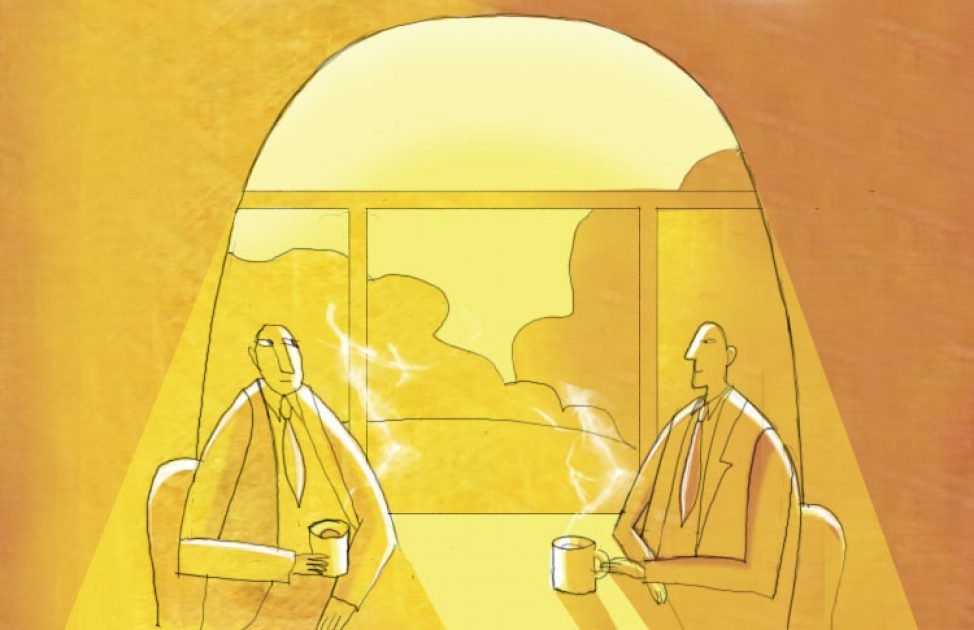Starbucks’ entry into the metaverse has drawn criticism as well as praise. Some have gone so far as to suggest that Starbucks is “destroying” The highly successful Starbucks Rewards program with the new strategy. Others have suggested that the iconic coffee chain is falling victim to chasing-the-shiny-object syndrome from jumping on the NFT bandwagon.
On the other hand, some might suggest—as Starbucks itself does in the announcement—that they’re ahead of the competition, once again, based on their “history of using cutting-edge technology, innovating and making it accessible”—that at a time to those who thirst for virtual coffee-related experiences.
These judgments are premature. A better question to ask is this: What job is Starbucks trying to do for its customers with Odyssey? While it’s certainly on-brand for the company to engage in experiential innovation, it’s unclear whether Starbucks has thought through the “why” behind this initiative. Without a clearer definition of goals, Starbucks could be embarking on an Odyssey without a clear destination.
Learn from Starbucks digital payments and rewards
I like to say that while technology is a tool, a fool with a tool is still a fool. Too often, business leaders chase the latest technology trends without first asking what problem they want to solve for customers and whether there even is a problem that needs solving.
Consider the history of digital payments—Apple Pay and the like. In the US, digital payments have been slow to catch on because there was no real problem to solve. Most US consumers have ready access to debit or credit cards. It can take 10 seconds to pay with a credit or debit card, and it can take longer to open a payment app. In contrast, the value proposition of digital payments is more compelling in markets such as India and China, where access to consumer credit is much more limited.
While most digital payment platforms have struggled to gain traction, Starbucks has been a great exception with its Starbucks Rewards program. Indeed, Starbucks mobile payment is second only to Apple Pay in the number of transactions in the US, ahead of Google Pay and Samsung Pay.
The value proposition of Starbucks Rewards was not limited to convenience. The program offered other benefits, including saving personal preferences and getting free coffee drinks. This is why some call the Starbucks loyalty program virtual “punch card” at its core. It provided a clear, simple, compelling value proposition to consumers, who ate—or, in this case, mostly drank—it.
Starbucks positions the Odyssey initiative as an extension of Starbucks Rewards into the metaverse, offering innovative experiences and rewards not possible in the physical world. The general idea is exciting, but Starbucks’ announcement lacks clarity about the work they want to do for their customers with the new initiative.
Select the task to be done
Knowing what work you want a new product or initiative to do for customers keeps you focused on the customer problem, rather than fixated on product features or technologies.
Ironically, when the late Harvard Business School professor Clayton Christensen suggested it “Works to be done” concept., used a milkshake as an example. A milkshake can be a thirst quencher, travel companion or alternative to a fizzy drink for kids. The founding insight behind the creation of Starbucks was also an innovative work to be done: “meeting in the third place.” Before Starbucks, we “drank coffee.” After Starbucks, we “have coffee”, as in we meet for coffee in a pleasant atmosphere.
Applying a job-to-be-done lens, there are at least three jobs Starbucks Odyssey could do, based on what the company has said about the program.
The first could be to provide a virtual Third Place, like Starbucks does in real life. This would be a ‘social job’ as it involves socializing in a coffee themed environment. The second would be to engage customers through games and challenges and offer them travel stamps for their participation, redeemable for virtual experiences. This would be an “entertainment job” as it involves gamification. The third could be to allow loyalty program members to earn, collect and trade or sell Starbucks NFTs such as trading cards or other physical assets. This would be a ‘financial job’ as it brings financial benefits to the customers.
Any of these jobs could be a viable avenue for Starbucks to pursue. But the company should choose a lane focusing on a specific job. For example, if Starbucks focuses on social work, they would say they will use the metaverse to create a virtual place of connection for customers. The company would then work backwards to design the features of the metaverse environment that would perform this work. These can include virtual “coffee lounges”, hangouts, coffee meetups, and even virtual coffee dates.
Alternatively, if Starbucks chose to focus on the entertainment business, they would design immersive games, journeys, challenges and interactive lessons about the history of Starbucks. Once you know where you’re going in terms of the work to be done, the features will follow naturally. However, if you start with features, you can end up with a digital fishing expedition without a clear focus.
To be clear, the focus on jobs does not contradict the idea of experimentation. Experimentation is critical to illuminate more and less promising paths and use cases. But the process must begin with thoughtful assumptions about the customer tasks to be done.
After all, Starbucks is innovating with Odyssey. But the company needs to do better than throwing a bunch of stuff at the wall to see what sticks. Starbucks should remind why the Rewards program has been so successful. The work he did for customers was clear and compelling: “give me free stuff when I buy more from you.” By choosing a lane and deciding on the main job to be done, Starbucks Odyssey can boldly venture where no rewards program has gone before.
*
This article originally appeared on Fast Company.
